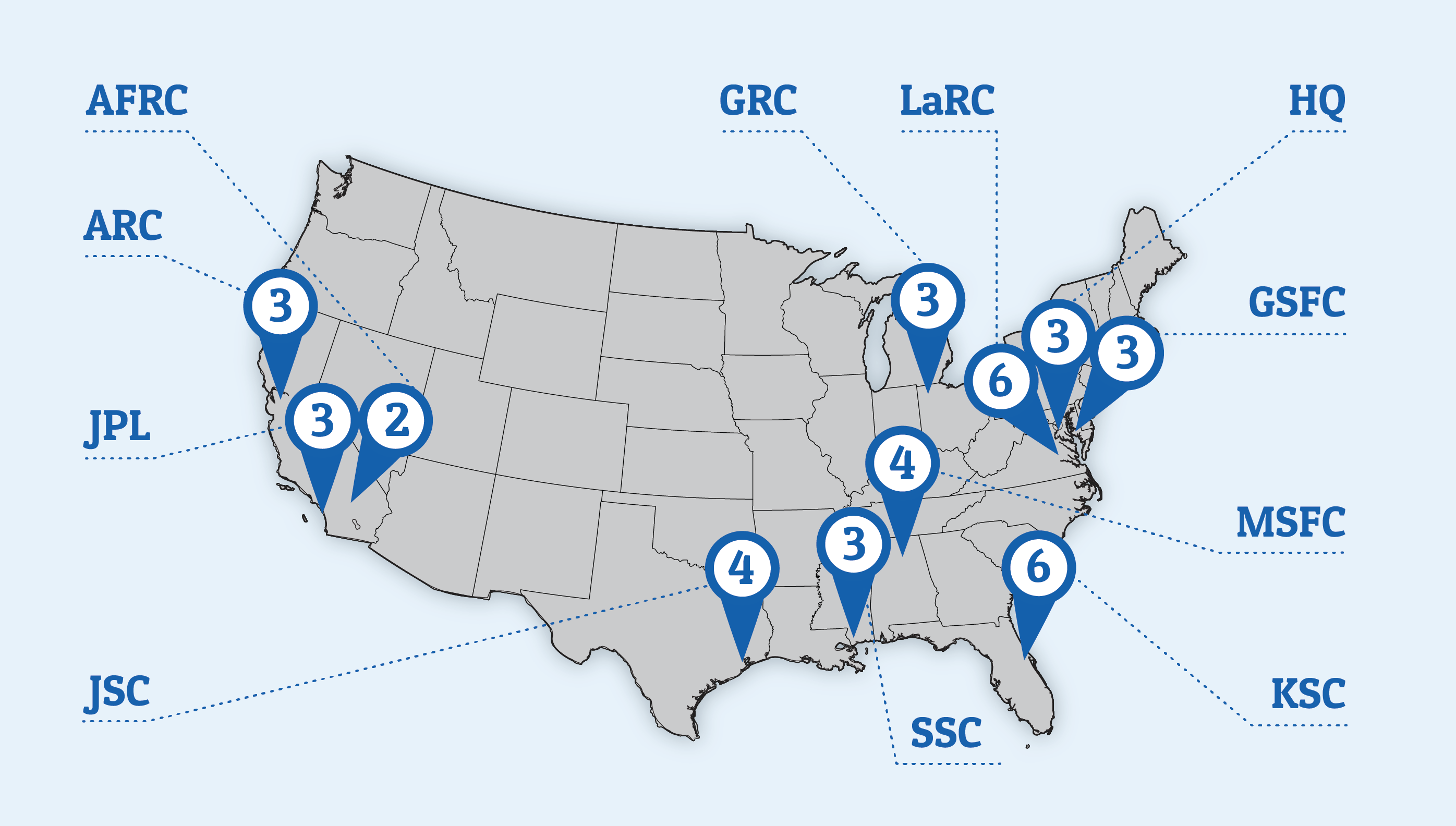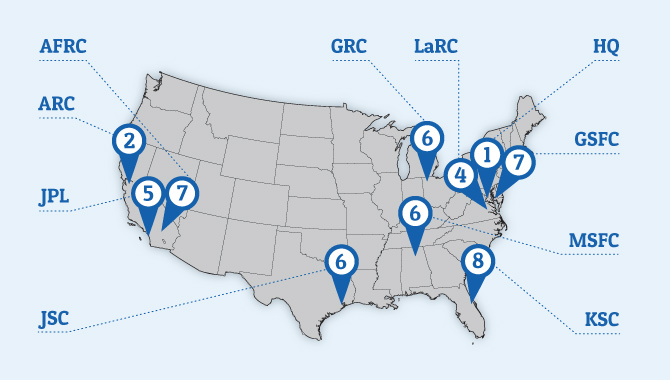
Participants at the 2017 International Project Management course having an open discussion.
Photo Credit: NASA/APPEL KS
As a member of NASA’s knowledge management community representing the Office of the Chief Human Capital Officer, I recently shared with the community the benefits of using collaboration platforms for knowledge sharing.
My presentation focused on how these platforms can be used for working groups, but their value extends to various scenarios:
- Working groups: Collaborative platforms are ideal for project-based tasks and functional work, keeping everyone aligned and focused.
- Cohorts/communities of practice: These groups allow members to share best practices, lessons learned, and field-specific insights.
- Events: Platforms support engagement before, during, and after events, for sharing event details, promoting enthusiasm, and creating connections.
- Customer engagement: Collaboration tools facilitate interaction with customers, helping teams understand and respond to customer needs more effectively.
Using a collaboration platform to work openly and transparently on day-to-day projects and functional tasks represents a major shift from traditional methods, which typically relied on email and complex folder structures. This approach requires a change in mindset and some practice, but it brings significant benefits. When work is visible to the entire team, they gain insights, strengthen connections, and improve teamwork.

Adopting collaboration platforms can enhance knowledge sharing, streamline communication, and support a culture of transparency and continuous learning.
Photo Credit: NASA
Collaboration platforms centralize conversations, meetings, updates, and resources in one place, cutting down on time spent digging through emails, scattered documents, and personal notes. By consistently communicating on a shared platform, teams naturally create a valuable knowledge base, capturing key decisions, solutions, and processes. This knowledge base allows current and future team members to quickly access insights from past interactions, ensuring continuity and simplifying future work. Open collaboration also enables team members to offer suggestions, share support, and bring new members up to speed more quickly.
For collaboration platforms to be effective, it is essential that teams establish – and agree to – norms. Keeping the platform open during the workday encourages ongoing interaction and ensures timely notifications. Providing a safe space to experiment with platform features, like one designated for social interaction, can help team members become more familiar with how to use the application in a low-risk way. Teams should also determine their process for managing working and final files to ensure they are properly stored and updated as necessary. Additional best practices include:
- Naming conventions: For online workspaces, use consistent and descriptive labels. Add “(Official)” at the end so team members know this is the space that is actively being managed and used. If the platform has built-in file versioning, when collaborating on a file, do not include version and date information in the file name as it can cause confusion; capture and update this inside the file.
- Admin roles: Designate 3-5 admins to manage configuration, access, and document control.
- Purpose: In the workspace description and in your welcome message, state the purpose of the workspace, agreed upon norms and expectations, and admins.
- Go all in: Have the team fully commit to using the shared space for all communications and collaboration, understanding it will take time to get used to this new approach. Agree to remind each other to use the collaboration space if someone forgets.
Adopting collaboration platforms can come with challenges, such as change fatigue and information overload. These can be minimized with supportive leadership, learning, and practice. Leaders who use collaboration platforms to frequently communicate and connect with their team can also help encourage these new behaviors.
By following these practices, teams can harness the full potential of open collaboration to enhance knowledge sharing, streamline communication, and support a culture of transparency and continuous learning.









